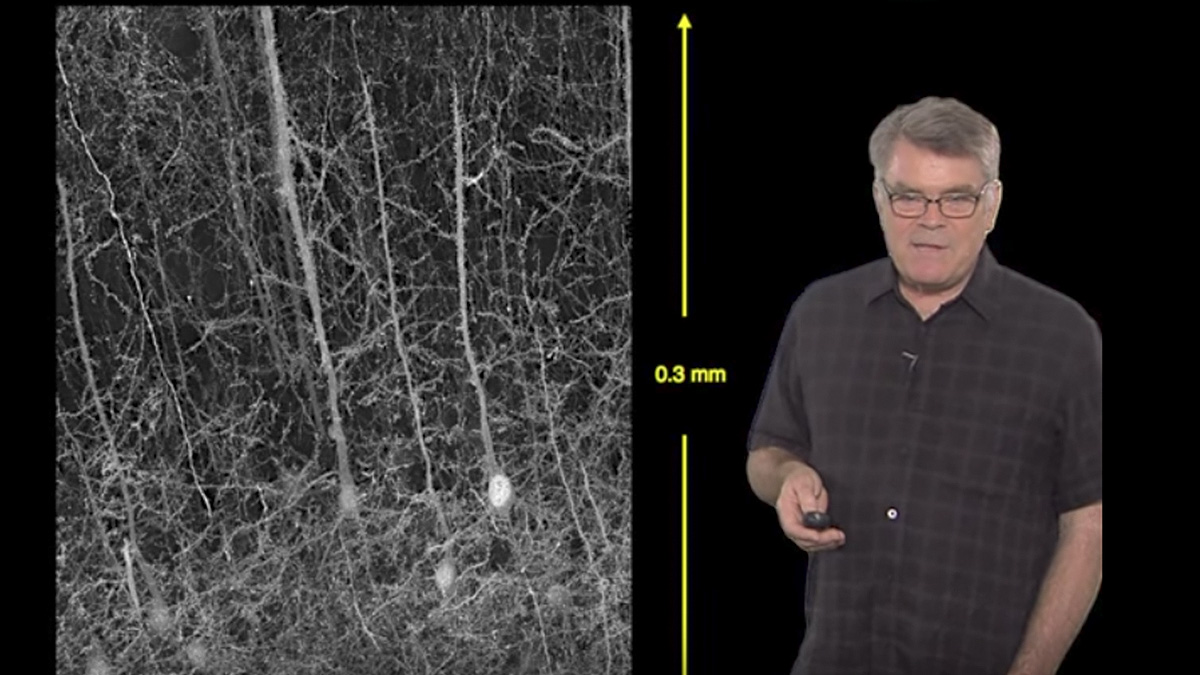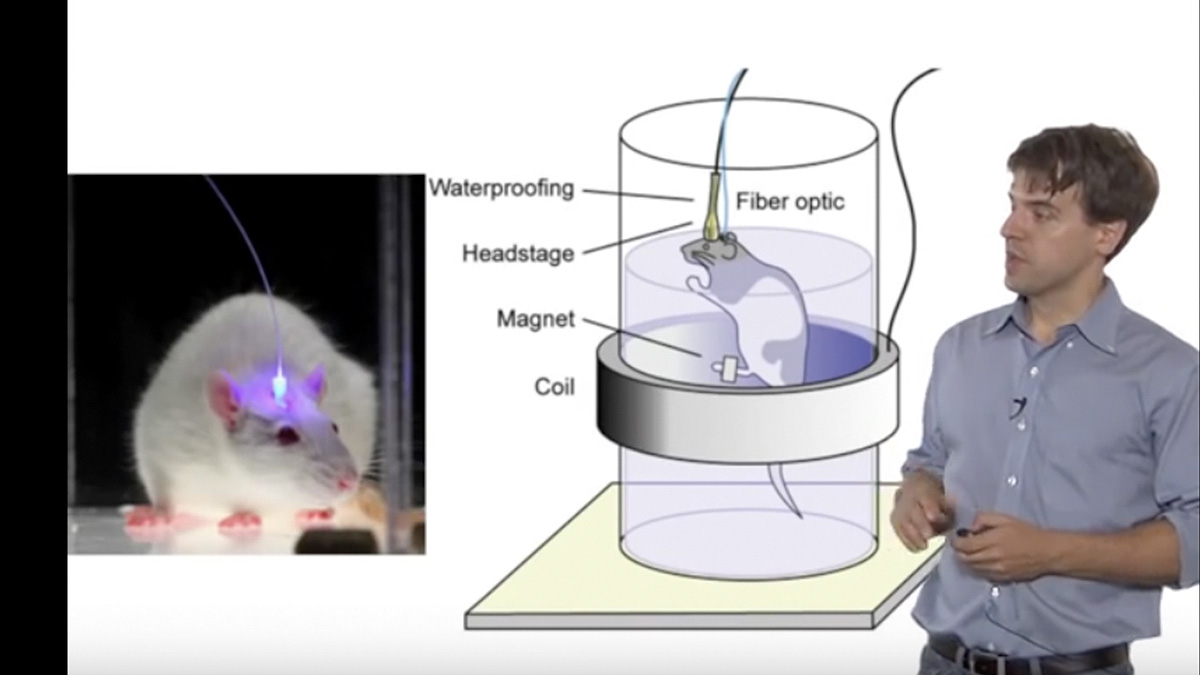Talk Overview
Determining the genes involved in different cellular processes is essential for understanding how cells function. However, with 23,000 protein coding genes in the genome, how can these molecular players be identified? In this lecture about high throughput microscopy, Jan Ellenberg discusses the methodology behind high throughput content screening by describing a series of experiments aimed at identifying genes involved in cell division. Both high throughput microscope imaging and computational analysis of phenotypes are demonstrated and discussed.
Questions
- When developing a high throughput assay to identify genes involved in a cellular process, which parameter(s)/readout(s) need to be kept in mind?
- Secondary assays to validate hits
- Method for systematically perturbing the function of each gene
- Unbiased computational analysis of phenotypes
- Readout assay to identify perturbed functions
- A and B
- B and D
- All of the above
- Which secondary assay(s) would be useful to validate genes involved in cell division using initial results from a high throughput content screen? (select all that apply)
- Single color fluorescence correlation spectroscopy of identified proteins
- Fluorescent readout of apoptosis in siRNA cells
- GFP-localization of identified proteins
- Confocal imaging of fluorescently labeled microtubules in siRNA cells
- During the initial siRNA screen for genes involved in cell division, how were the first round of hits identified computationally?
- After the initial high throughput screen for genes involved in cell division, secondary high throughput assays were used to validate these hits and determine gene functions. List four of these assays.
- Fluorescence correlation spectroscopy can be used to measure what two parameters of a fluorescently labeled molecule?
Answers
View AnswersSpeaker Bio
Jan Ellenberg

Jan Ellenberg is Head of the Cell Biology and Biophysics Unit and Coordinator of the Center for Molecular and Cellular Imaging at the EMBL, Heidelberg. His lab uses advanced fluorescence microscopy techniques to understand the mechanisms underlying nuclear organization during mitosis and meiosis. Continue Reading









Leave a Reply